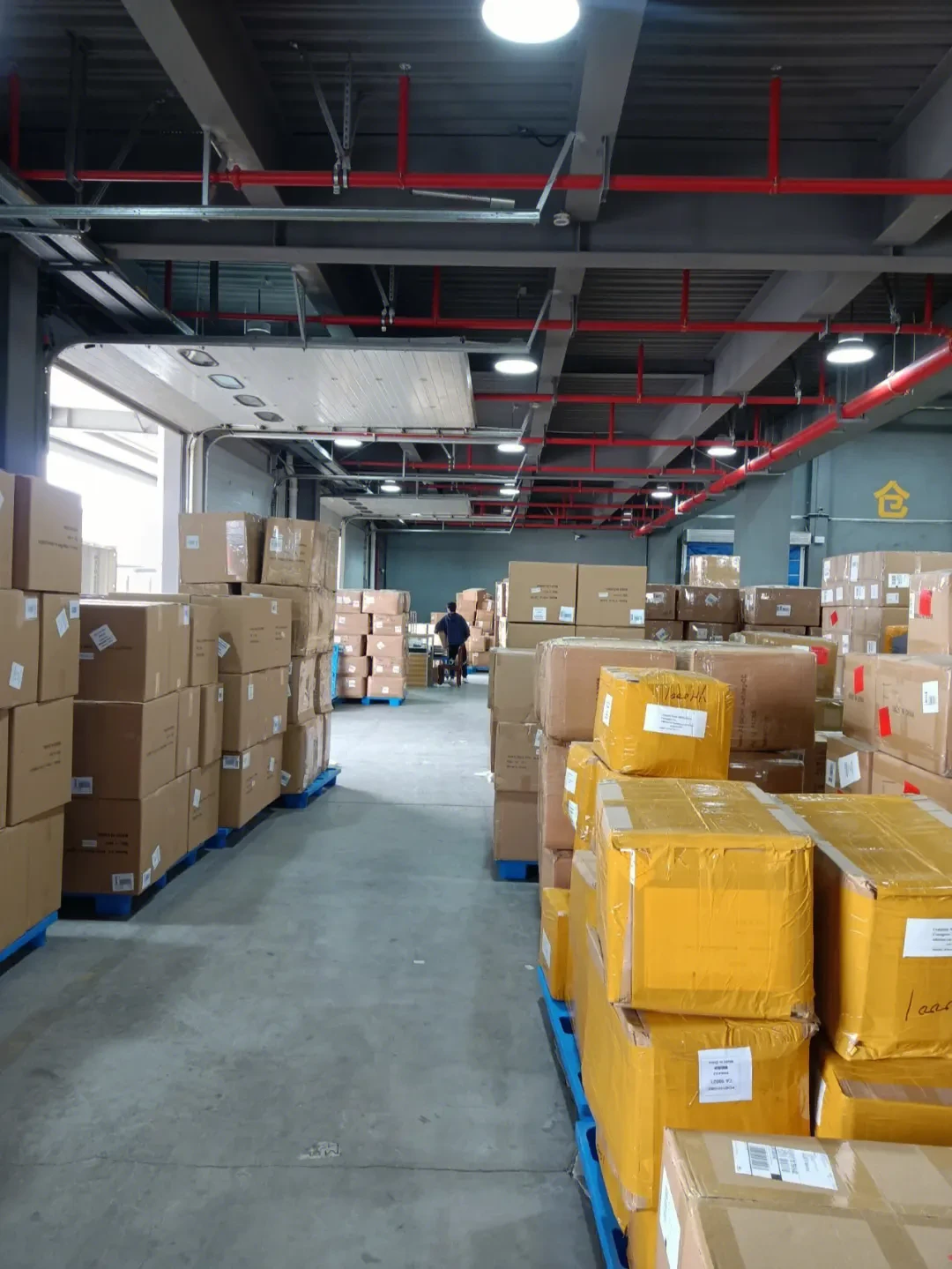The Role of APIs in Drug Development
Active Pharmaceutical Ingredients (APIs) serve as the cornerstone of the pharmaceutical industry, playing a vital role in drug development and production. APIs are the biologically active components of medications that produce the intended therapeutic effects. Their development is a complex process that involves numerous stages, from the discovery of a novel compound to the eventual commercialization of a drug. This article delves into the significance of APIs in drug development, the challenges faced during their production, and the future trends shaping this critical aspect of healthcare.
The Importance of APIs
APIs are essential for the efficacy and safety of any pharmaceutical product. They determine how a medication functions, impacting its therapeutic outcomes and side effects. The development of APIs involves a multidisciplinary approach that includes chemistry, biology, and pharmacology. Scientists often conduct extensive research to identify lead compounds that can be optimized for better potency and reduced toxicity. This phase, known as drug discovery, is crucial as it sets the foundation for all subsequent stages of drug development.
Once a lead compound is identified, the next step is preclinical development. This involves rigorous testing in vitro (in the lab) and in vivo (in living organisms) to evaluate the safety and efficacy of the compound. Successful preclinical trials lead to the initiation of clinical trials, which are conducted in phases to assess the drug’s safety and effectiveness in humans. The quality and consistency of the API during these trials are paramount to ensure reliable results.
Challenges in API Development
Developing an API is not without its challenges. One of the most significant issues is the regulatory landscape that governs pharmaceutical manufacturing. Regulatory agencies, such as the U.S. Food and Drug Administration (FDA) and the European Medicines Agency (EMA), impose strict guidelines to ensure the safety, quality, and efficacy of APIs. Compliance with these regulations requires significant investment in quality control, documentation, and validation processes.
Another challenge is the cost associated with API development. The entire process, from discovery to market launch, can be time-consuming and expensive. It is estimated that bringing a new drug to market can cost upwards of $2.6 billion, with a considerable portion of this expenditure attributed to API development. Moreover, the high rate of failure during clinical trials adds to the financial burden, as many promising compounds do not progress past initial testing.
api drug development

Production scalability is another concern. Once an API is developed and approved, manufacturing it at a large scale while maintaining quality and consistency is a complex task. It often requires sophisticated technology and expertise to ensure that the final product meets regulatory standards. Many pharmaceutical companies turn to Contract Manufacturing Organizations (CMOs) to mitigate these challenges, but this can also introduce risks related to quality control.
Future Trends in API Development
As the pharmaceutical landscape evolves, several trends are shaping the future of API development. One notable trend is the increasing use of biotechnology in drug development. Biologics—drugs made from living organisms—are on the rise, requiring innovative APIs that are often more complex than traditional small molecules. This shift demands new manufacturing techniques and quality control measures tailored to biologics.
Additionally, the integration of artificial intelligence (AI) and machine learning is revolutionizing API discovery and development. These technologies enhance the ability to screen for potential drug candidates, optimize synthesis processes, and predict pharmacological outcomes, significantly reducing the time and cost associated with bringing new products to market.
Sustainability is also becoming a crucial consideration in API development. With a growing emphasis on environmental impact, pharmaceutical companies are seeking greener alternatives in their manufacturing processes. The adoption of greener chemistry principles and waste reduction strategies not only aligns with corporate social responsibility goals but also meets the increasing demands of consumers and regulatory bodies for sustainable practices.
Conclusion
APIs are fundamental to the drug development process, serving as the active components that drive therapeutic efficacy. Despite the challenges associated with their development, ongoing advancements in technology and a focus on sustainability are paving the way for more efficient and environmentally friendly practices in the pharmaceutical industry. As research continues to expand our understanding of complex biological systems, the future of API development holds promise for innovative therapies that can significantly enhance patient care and outcomes.

